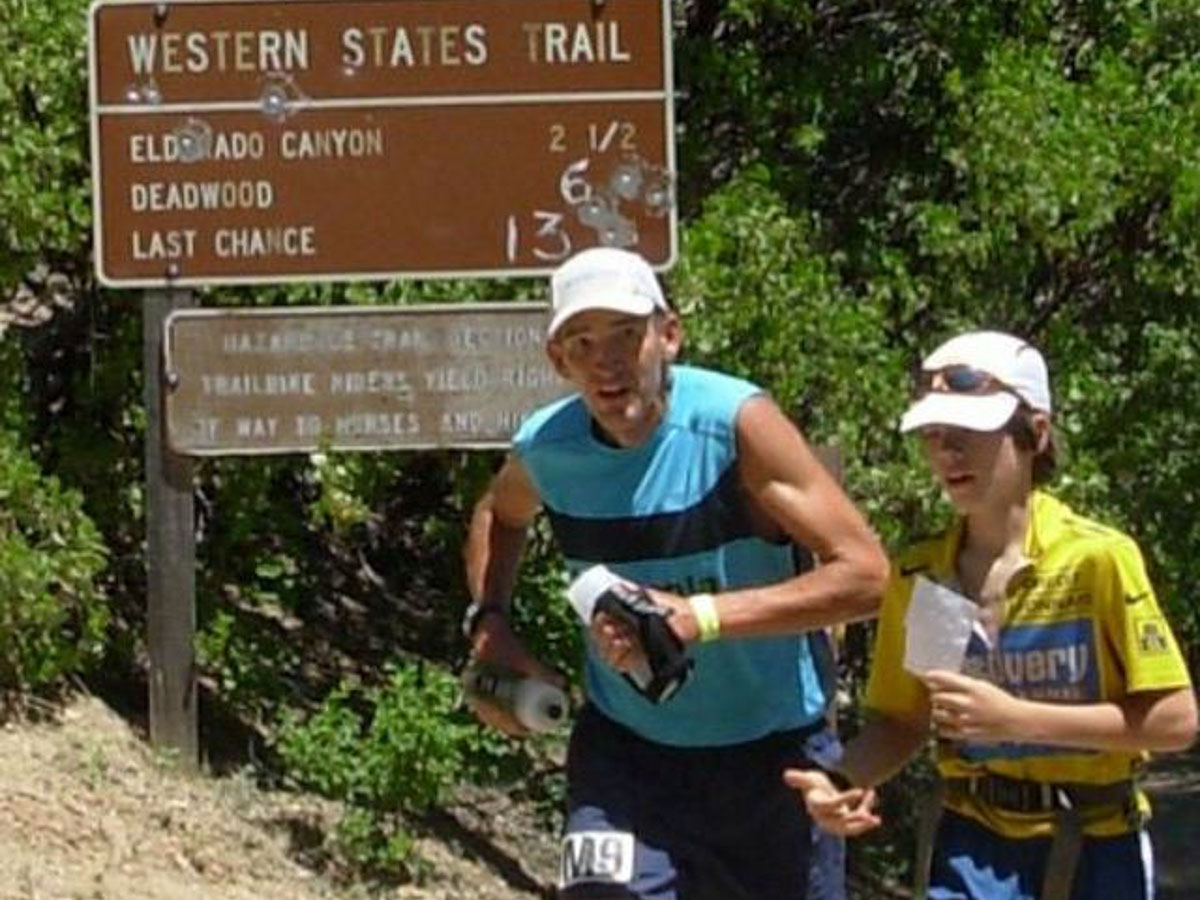 [Editor’s Note: This article is part of an occasional series on the unique opportunities and challenges of growing older as a runner.]
[Editor’s Note: This article is part of an occasional series on the unique opportunities and challenges of growing older as a runner.]
When I was in my mid-20s and just getting started in my professional career, my father gave me “The Seasons of a Man’s Life,” the 1978 book by psychologist Daniel J. Levinson. In the book, Levinson walks the reader through the four seasons of the typical adult life: the novice phase (age 17-33), the settling-down period (age 33-40), the mid-life transition (age 40-45), and middle adulthood (45+).
On a recent long run, I was reflecting on Levinson’s book in the context of my own life’s journey. As I am wont to do, I found myself drawing a metaphor out of the four seasons based on my experiences over the years running the Western States 100. The Western States course, like the seasons, is essentially divided into four distinct sections: the high country, the canyons, California Street, and the final 20 miles.
The first 30 miles of the race — the high country — is characterized by what Gordy Ainsleigh called “the exuberance of the morning.” The trail winds its way over peaks and along ridges with expansive views and breathtaking terrain. Much like the novice phase of adulthood, the runner in the high country is filled with excitement and expectation and, as a result, can also be prone to making mistakes that may prove costly later in the race.
After mile 30, the high country gives way to the canyons, and the next 32 miles are characterized by arduous climbs and descents through three canyons that make up the steepest and most remote areas on the course. In many ways, the journey through Deadwood, El Dorado, and Volcano Canyons is akin to Levinson’s settling-down period, where runners are forced to accept their current situation and how they feel. They must also adapt to the changes and challenges they face through each successive canyon. While the high country is filled with excitement and anticipation, the canyons are all about acceptance and perseverance.
When runners reach Foresthill at mile 62, they transition to the California Street section of the course. While only 16 miles in length and predominantly downhill, this singletrack heading down to the Rucky Chucky crossing of the American River is, for many people, the crux of the race and the place that can really make or break the experience. Much like Levinson’s mid-life transition phase, Cal Street requires purposeful focus and concentration at a time when resources are stretched and energy levels are waning as the transition to the final miles of the race unfolds.
Finally, after crossing the American River and ascending two miles to the Green Gate aid station, runners reach the final 20 miles. These miles, according to many Western States veterans, are the most runnable part of the course. However, coming as they do 80 miles into the race, this is also a time when many are simply unable to run them. In Levinson’s fourth season, middle adulthood, the experience is much the same: There is plenty of life behind you, but still much to be done ahead.
I find myself at the age of 58 just entering middle adulthood. I have climbed up from the river crossing and regrouped at the Green Gate aid station, and with a big chunk of my life still ahead, I must continue to find a way to grind forward and enjoy what can be the most spectacular part of the race. It’s not always easy, and there will continue to be forks in the trail, but hopefully I can harness the wisdom gained over those first 80 miles and make the final 20 the most enjoyable of all!
Bottoms up!
AJW’s Beer of the Week
 This week’s Beer of the Week comes from Able Baker Brewing in Las Vegas, Nevada. Crispy as Duck is their unique take on a classic pilsner. Light and clean, Crispy as Duck is an incredibly fresh-tasting pilsner perfect for just about any occasion.
This week’s Beer of the Week comes from Able Baker Brewing in Las Vegas, Nevada. Crispy as Duck is their unique take on a classic pilsner. Light and clean, Crispy as Duck is an incredibly fresh-tasting pilsner perfect for just about any occasion.
Call for Comments
- Can you identify different seasons of your running life?
- What knowledge have you gained over your years of running?



